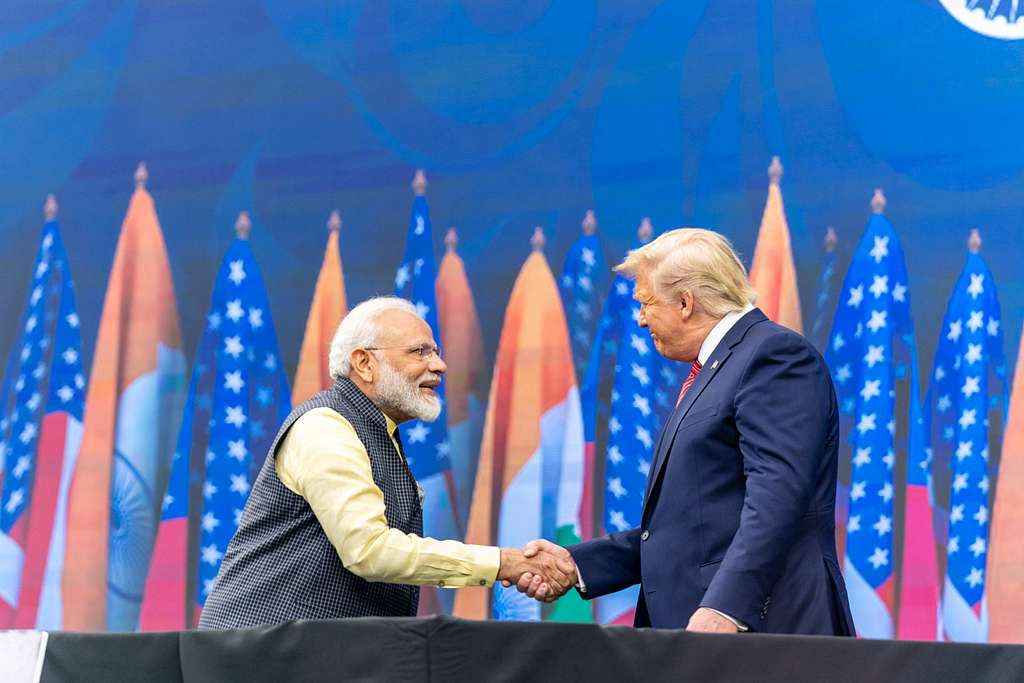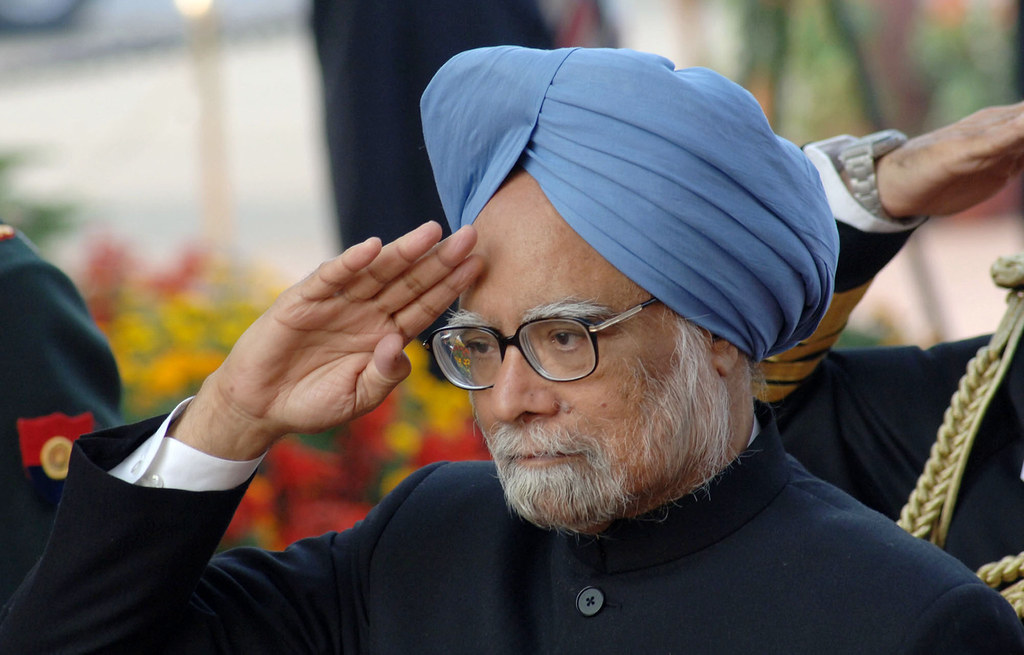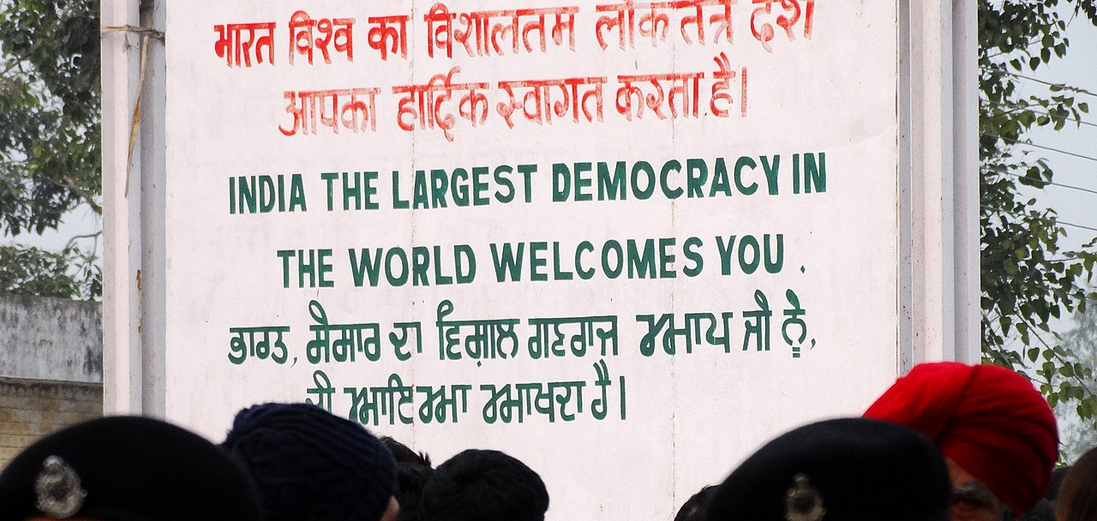
“Retire when people ask why and not when they ask why not..” That memorable quote is attributed to cricketing great Vijay Merchant who called it a day after scoring a masterful century against an English side in 1951. Timing your retirement right is never easy but at least in cricket there is a selection committee which can nudge you to call it quits. In corporates, there are boardrooms that can take the decision out of your hands. In the bureaucracy, there is an officially prescribed retirement age. In politics, on the other hand, there is neither a retirement age nor an institutionalized mechanism to facilitate a smooth transition to a new order. As a result, ensuring a generational change remains one of the biggest challenges and bottlenecks in contemporary Indian politics.
Take the recent political upheaval in Punjab. A 79 year old chief minister who was born in the year of the Quit India movement is virtually forced out of office in far from ideal circumstances. Captain Amarinder Singh has been chief minister of Punjab for over nine years spread across two terms. In 2016, just ahead of the last Punjab elections, he had gone on record to say that it would be his last election. Then, earlier this year, he suddenly changed his mind, insisting that he would continue to ‘serve the people’. A man of refined tastes – a military historian, a chef, a sportsperson, a raconteur – the increasingly inaccessible Captain was slowly losing his connect with his MLAs and the people and yet didn’t want to leave the political battlefield, pushing the Congress into a difficult situation where the party dithered for months before finally giving him a pink slip.
Singh of course is not alone in the Congress in wanting to cling onto power even after a long innings. In Rajasthan, Ashok Gehlot has turned 70, is a three time chief minister but wont cede an inch of space to his much younger rival in Sachin Pilot. In Uttarakhand, a 73 year old Harish Rawat is still hoping to be the party’s face in next year’s election. In Haryana, the 74 year old two time chief minister, Bhupinder Singh Hooda is still dreaming of a hat trick. In Madhya Pradesh, the Kamal Nath- Digvijiya Singh duo, both in their mid 70s, squeezed out the youthful Jyotiraditya Scindia from the power equations. The Congress working committee has several septuagenarians and even the odd octogenarian in the ranks.
The BJP age composition wasn’t too different to the Congress until prime minister Narendra Modi dramatically arrived on the scene seven years ago. One of the new prime minister’s first acts was to create a ‘Margdarshak Mandal’, a body of ‘eminent leaders’ to guide the party leadership. It meant essentially ensuring that the previous Vajpayee-Advani generation of leaders within the BJP were kept out of all the core decision making bodies and given an exalted but undefined role that suggested retirement from active politics. At the time, a ‘retirement home’ was seen as a shabby, disrespectful way of treating those who had devoted their entire lives to the party, including Mr Modi’s mentor in LK Advani.
Seven years on, the ‘marg-darshak’ mandal concept is slowly beginning to make sense. By effectively putting a 75 years cut off date for ‘senior’ leaders, the BJP has been able to effect a generation change within the party hierarchy without too much resistance. Every BJP chief minister across states is now under 70, many in their fifties while the likes of Devendra Fadnavis and Yogi Adityanath became chief ministers in their 40s. The one exception to the rule is the Karnataka BJP chieftain, BS Yediyurappa who was finally forced to step down last month at the ‘ripe old age’ of 78. That he managed to survive for so long is only because the BJP didn’t have a single Lingayat leader to match his towering presence.
That Mr Modi has been able to almost force this generational change is largely because he is the unquestioned Supreme Leader within the BJP, a lofty status that allows him unbridled power to do as he pleases, as witnessed in the surgical strike on the entire Gujarat cabinet last week. A less domineering leader would have struggled with the pulls and pressures of party factionalism as a weakened Congress leadership has realized in recent times. Only an imperious ‘high command’ where the lines between decisiveness and dictatorial behavior are blurred has the capacity to ease out the old guard without demur.
Interestingly, the regional parties that increasingly resemble tightly controlled family run businesses are even more prone to being run by leaders who simply will not ‘retire’ or give way easily to even their own children. The indefatigable Sharad Pawar at 80 remains the Nationalist Congress Party’s tallest leader. For almost half a century, M Karunanidhi was the DMK’s mascot. It is only illness that has almost forced Mulayam Singh and Lalu Prasad to relinquish power to the next generation of Yadav leaders. While in Odisha, the 75 year old visibly tiring Naveen Patnaik remains the Biju Janata Dal’s solitary figure with no clarity yet on who will succeed him.
In the absence of inner party democracy, arriving at a fine balance between a younger citizen demographic and an ageing political leadership seems difficult. In politics, the premium placed on ‘experience’ and ‘stature’ makes it even more problematic to bring about any dramatic instant change. Here are a few practical suggestions offered to break the geriatric deadlock.
* A legislative amendment by which there are term limits – say a maximum of four to five terms for any MLA or MP, not age but term based.
- Rotation policy for leadership positions in any party organization. No individual for example can be party president for more than two terms upto a maximum of four years each.
- One person one post principle at all levels, including party committees.
- At least half the tickets distributed during an election must be mandatorily given to individuals below the age of 50.
- Create a formal system of political mentorship that promotes a healthy, less fractious relationship between generations.
The question now is, which party leadership will show the gumption to bite the bullet before its too late? Or does eternal power remain the ultimate elixir of life?
Post-script: Since the ‘marg-darshak mandal’ concept is seen as one possible way in which to usher in a generational shift, here is a key question: will Mr Modi who turns 75 in 2025 apply the same ‘retirement’ rule to himself? Or will he like Captain Amarinder Singh and many others insist that they wish to continue to ‘serve the people’ in perpetuity?





































































































































































